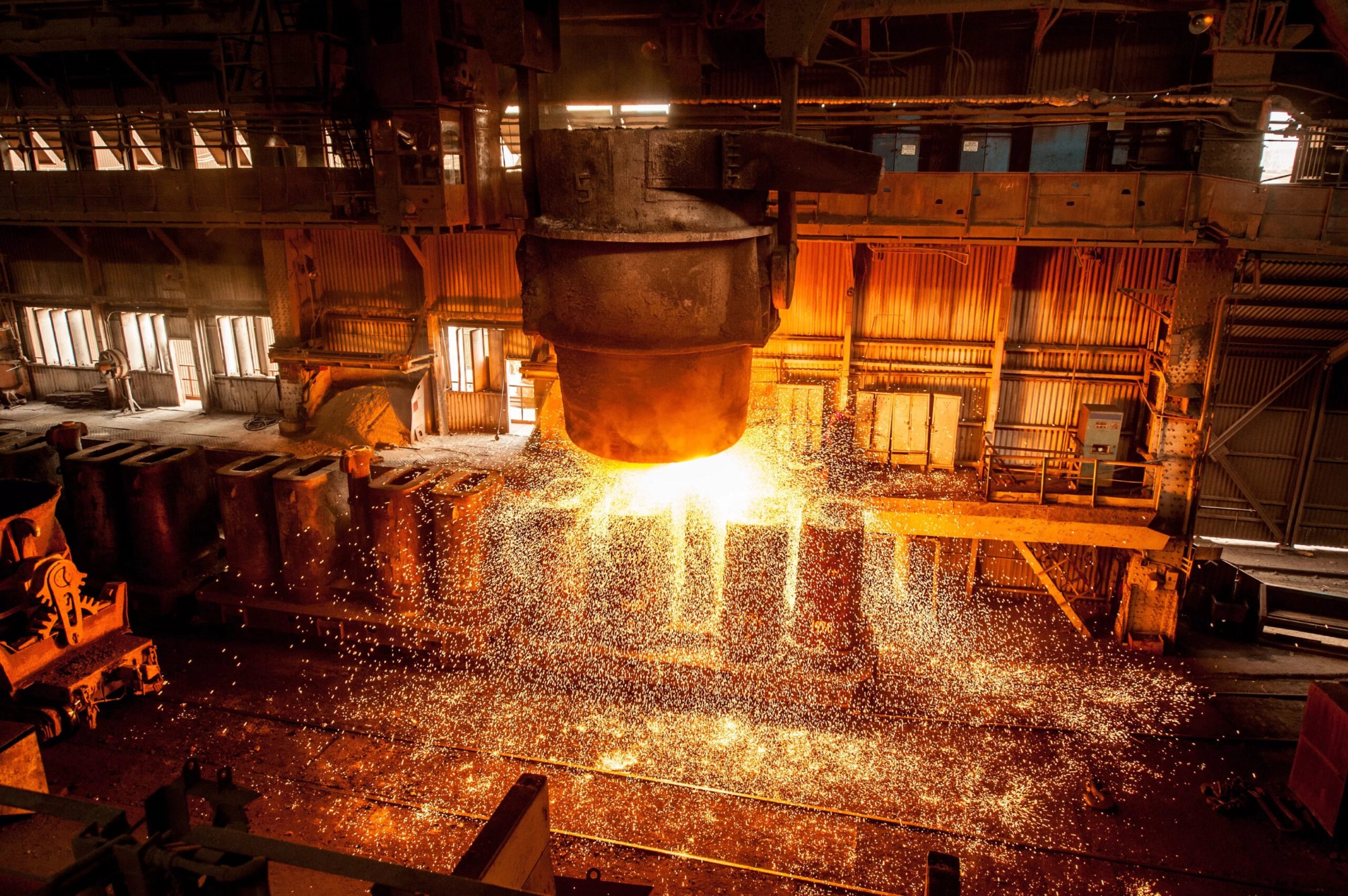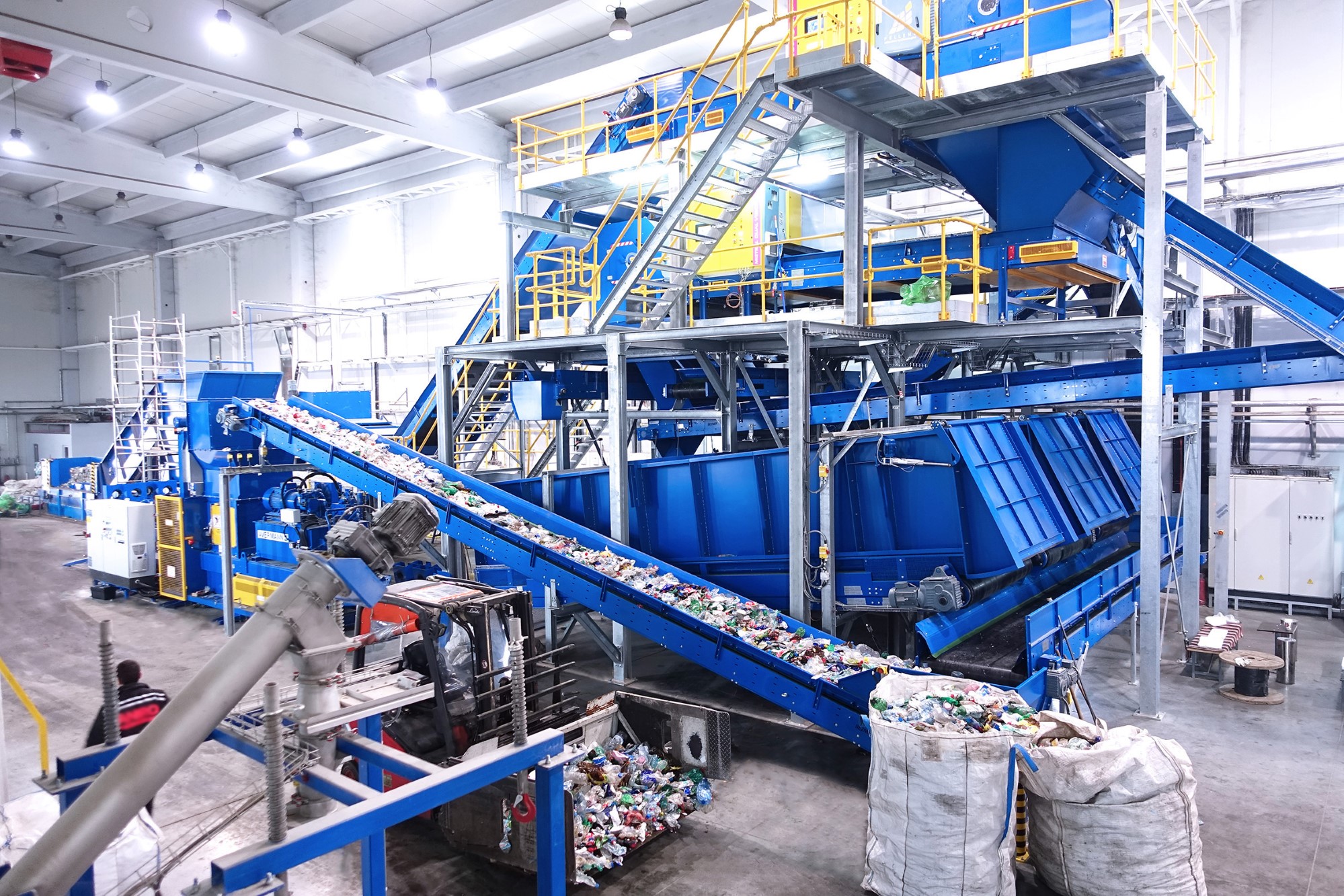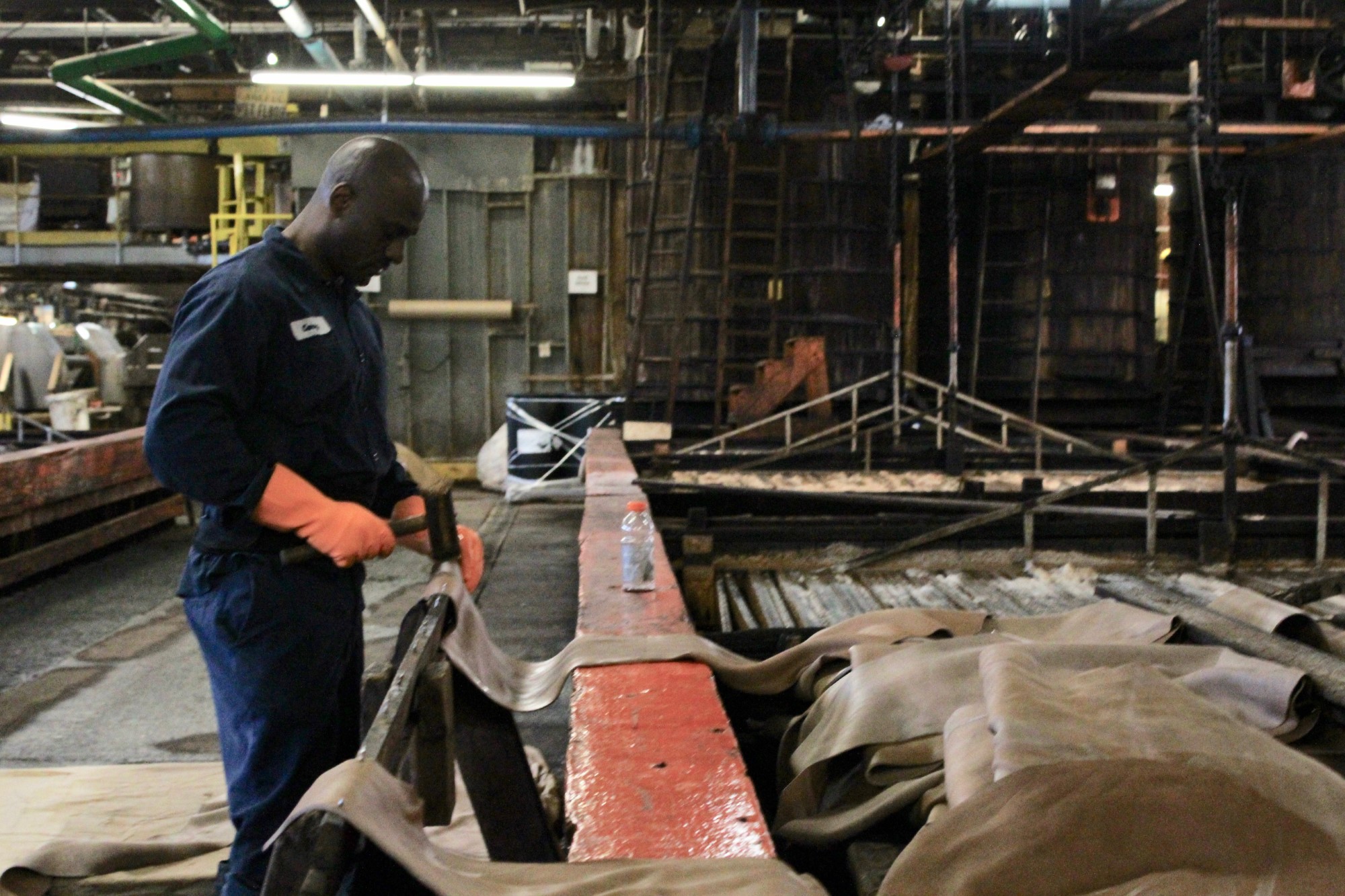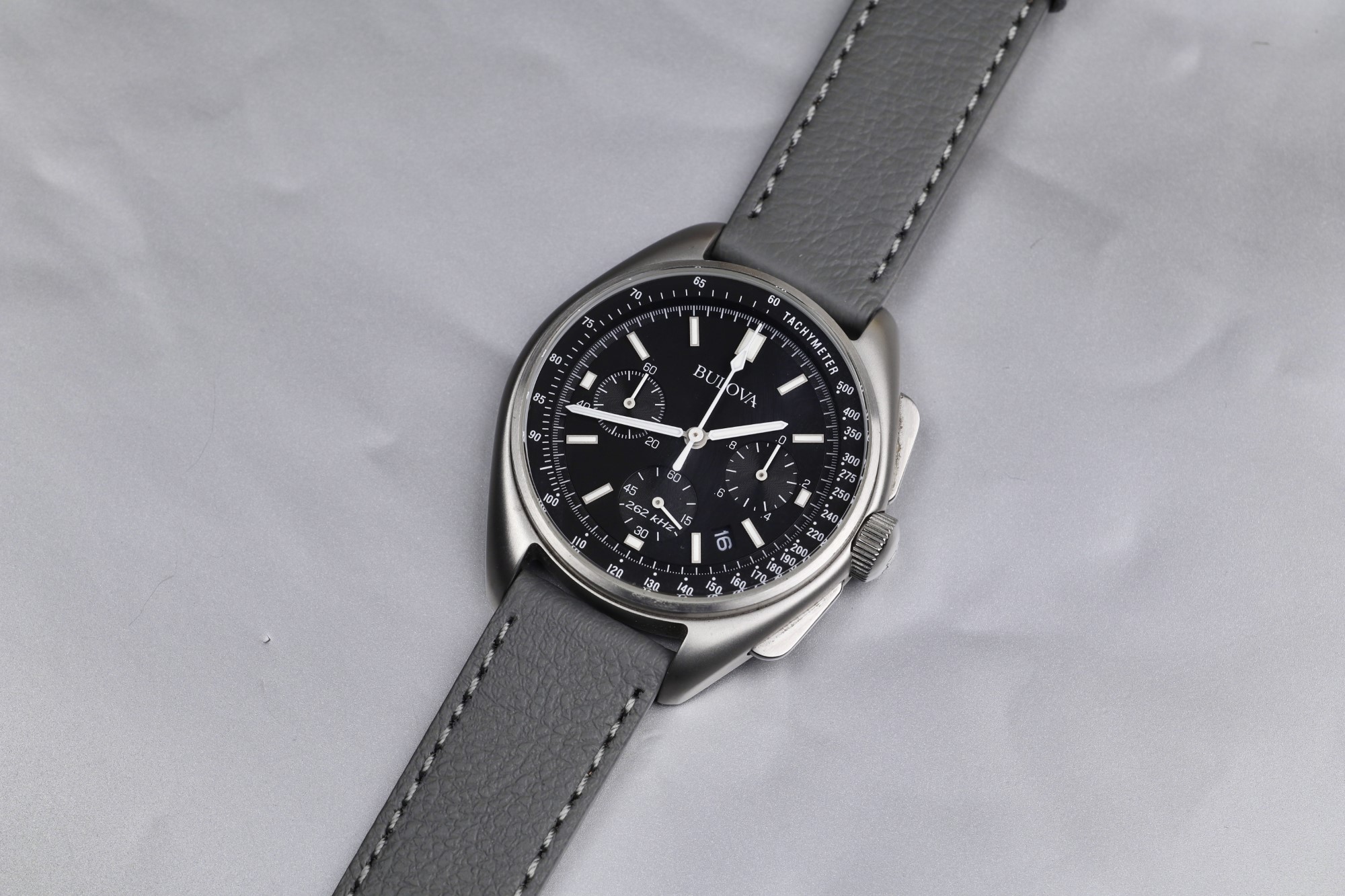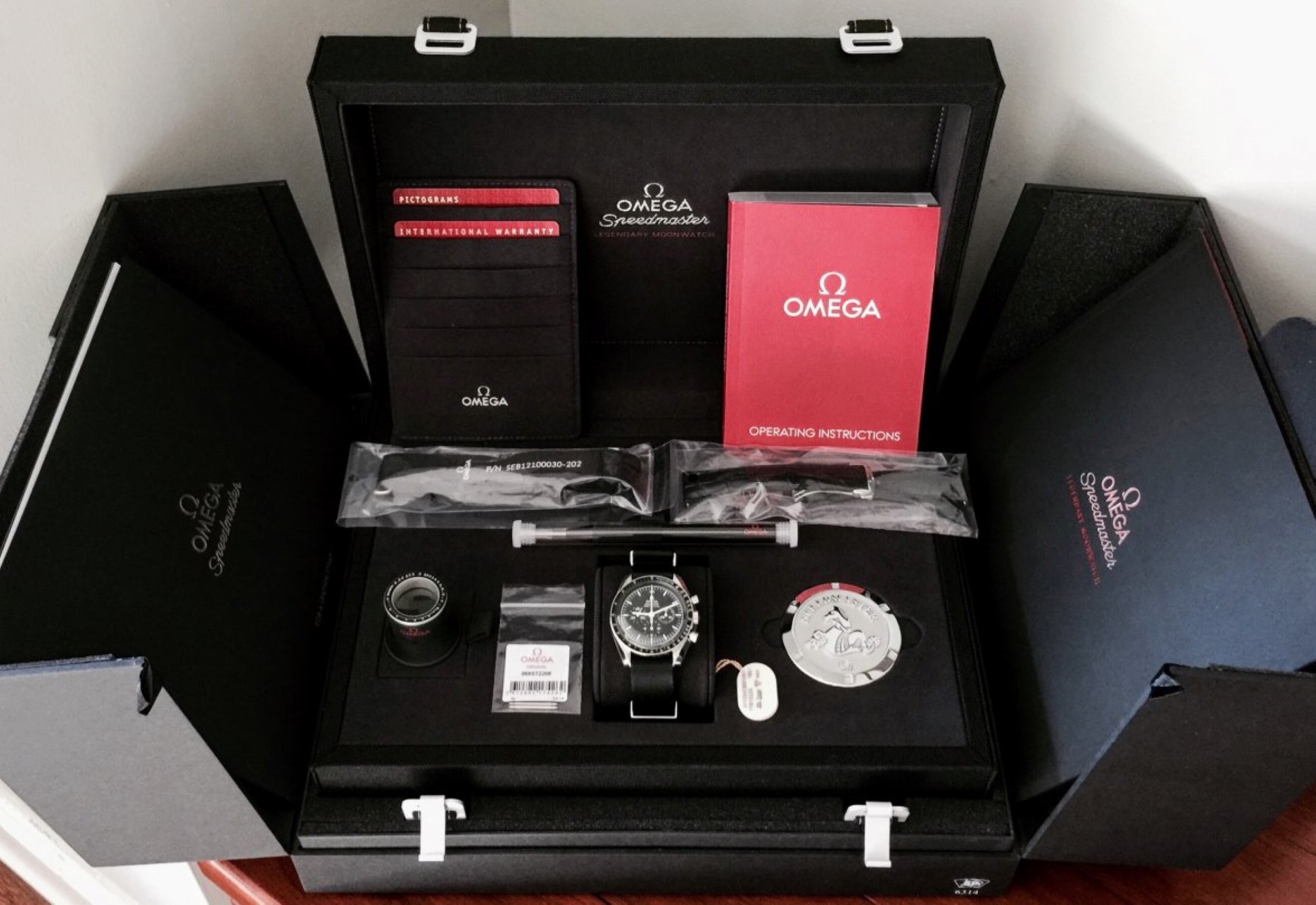The 1990s was a time when most all children started learning about the importance of environmentalism from a young age. Everything from school lessons to popular entertainment had potent messages about the importance of protecting the environment and discussions about human activity that was actively harming our ability to live in healthy comfort on our planet. More recently, with the noticeable effects of climate change and the availability of more “earth-friendly” activities and technology, the global discussion about ways to protect the viability of our environment has reached a new nadir — probably for the better. One of the less glamorous side effects of this social phenomenon has been the co-opting of these topics by marketers and salespeople intent on consumer manipulation more than helping our environment. This certainly has relevance to the watch industry, which recently has been much more vocal about environmentalism and its related topics. In some ways, this is a major positive, with stand-out companies demonstrating novel and sincere approaches to reducing their carbon footprint and potential deleterious effects on waste and polluting the environment. At the same time, the watch industry (at all price levels) is now awash with products and stories related to sustainability and environmentalism, many of which have little actual positive impact on climate change or waste.
This essay is meant to discuss the watch industry’s more popular techniques at including environmentalism in its messaging, as well as a critical approach to determining what their actual impact is. My goal is to help consumers who actually want to spend their money on environmentally friendly companies and to perhaps shed light on marketing strategies that might feel good but, at the end of the day, are more about perception than actual planet protection.
What is at stake? First and foremost, consumer dollars. In many instances, watch lovers are asked to spend more money on products that are friendly to the environment. Is that money always worth it and is that extra money actually doing any overall good? Second, the integrity of many brands and people is at stake. When you make a message about wanting to help something, and the things you do actually don’t help, that is a practice that can ruin or damage your integrity. I’m trying to help consumers see through greenwashing techniques and celebrate actual practices that innovate in terms of sustainability or promote those companies which are serious about reducing or eliminating their negative effects on the environment. Expect more and more marketing focus from watch brands on messages related to sustainability and climate change because of their legitimate interest in connecting with what they feel is important to consumers today. Perhaps even more important is feedback from consumers as to what types of actions and practices they expect or desire from their favorite brands. I think it is important to note that spending money on products does not help the environment. Rather, consumers have an opportunity to selectively decide (if they so choose) to channel money they would otherwise spend to companies that limit their environmental impact as much as possible.
Ethically Sourced Or Environmentally Friendly Metal Alloys & Precious Materials
The places where luxury brands source their materials and parts is an important part of their social and environmental impact. While a watch brand might not pollute, the company that they purchase steel from very well might. At the same time, a lot of luxury brands source materials such as precious stones from parts of the world where human rights can be violated in the interest of distributors getting materials as cheaply as possible. These two factors have led to various types of ethically sourced metals and precious stones, as well as those that are certified to have limited environmental impact in their processing (such as foundries where metal alloys are made).
It is my opinion that (provided such certifications are legit) this is one of the few areas where a consumer might be responsibly asked to pay a little bit more. Indeed, just like organic produce, ethically produced or sourced metals and precious materials cost more because corners aren’t being cut and people aren’t being as readily exploited. I am not going to mention any specific certification services, as I’m not an expert on the full breadth of them, but it is my understanding that things like “fair trade diamonds” actually do come from supply chains where people along it are treated fairly and paid adequately.
While there are still a small number of brands who use such materials (and the brands that do often only use these materials for certain products), this is among the more legitimate and worthy areas where watch brands can build more ethical or sustainable practices into their industrial processes. The downside is that consumers still don’t entirely know how much more they should be paying or if the occasional dollar spent on, say, ethical steel really makes that much of a difference in the long run. That said, given the already high costs of most luxury watches, it is my opinion that more and more brands should try to get earth-friendly materials for their watches — probably with limited or no price increase to consumers (in the long term).
Carbon-Neutral Companies
Carbon neutrality for an organization is a complex concept that probably sounds better than it actually is. But there are some watch brands out there that really focus on changing their activities to ensure their environmental impact is limited. Great examples include factories that outfit their roofs with solar panels (so as to use less energy from the grid), and brands that have replaced combustion engines with electric ones for their vehicles so that, during the normal course of business, they pollute less. A focus on limited environmental impact is already a major feature of Swiss business culture, and it is certainly true that a growing number of brands are building such values into their business operations and processes.
The entire concept of carbon neutrality needs to be examined so that consumers know what it is. The idea isn’t that a company doesn’t pollute or emit waste. Rather, it is that carbon emissions are reduced and the remaining ones are (in theory) offset via the purchase of carbon offsets. There are companies who “aim” toward a carbon neutral future (a promise for future action) and those who merely achieve it via the purchase of carbon offsets.
What exactly is a carbon offset? In theory, it sounds great. A company pays an organization that uses that money to create pollution and waste reductions at some other company, probably in some other part of the world. There is a robust market that sells and serves carbon offsets because so many companies are incentivized to be carbon neutral on paper. But there are limited regulatory assurances that money spent on carbon offsets actually acts to clean up heavy polluters elsewhere, and much carbon offsetting is based on future promises to reduce carbon emissions as opposed to current actions. Accordingly, companies who achieve carbon neutrality through the purchase of carbon offsets are not really creating any immediate impact themselves. In drastic situations, there are probably even companies that make zero changes to their business or manufacturing practices, and simply spend a lot of money on annual carbon offsets to claim that they are carbon neutral. Consumers can come to their own conclusions about this conduct, but for the purposes of our conversation the calculus is how much being “carbon neutral” as a company really has an impact on a company applying “sustainable practices.”
Critics might argue that I am being too harsh and that even though carbon offsetting is not perfect, it is better than nothing and is probably a move in the right direction overall. It is hard to disagree with that, but that isn’t per se the point of this discussion. Rather, we are talking about companies that are trying to sell to consumers who are serious about how their spending dollars may have an immediate positive effect on the environment. These consumers are not looking to just feel good, but are rather deeply concerned about supporting companies that are setting a good example and not just for greenwashing’s sake or to satisfy environmentalist accountants on paper.
Straps, Cases, & Watch Components Produced From Recycled Materials
One of the most popular ways for watch brands today to create messaging about environmentalism and sustainability is to use components made from recycled materials, often plastics. A good example is all the watch straps and sometimes cases or dial materials that are produced from recycled plastic, often from specific places such as collected ocean waste. From a storytelling perspective, this sounds great: Consumers seemingly get the same or similar product experience but now with less guilt because some of the materials are from waste that would otherwise be clogging up our seaways. But is that actually how it works out and are these materials worth the premium costs associated with them?
To answer this question, I will begin by discussing part of a conversation I had with someone who was in the business of producing nylon material that used recycled ocean plastics. This nylon was used in making NATO-style watch straps that came with a premium price tag. The idea is that you spend more money to help the environment. But that’s not actually what was going on. First and foremost is the fact that our technology to recycle plastics and all manner of materials is still relatively primitive. He said at best, money spent today could go toward the development of new innovative practices that allow for the processing of recycled materials to be turned into high-quality products. One major problem he told me was that it often required far more energy to recycle and then remake plastic into something new (often with large levels of material degradation) than it does to simply make fresh plastic. That means in many instances, it is actually less environmentally friendly overall to produce watch straps with recycled plastic as opposed to “fresh” plastic.
It is felt that luxury spending (in theory) can help manufacturers to continue innovating production processes to eventually make it feasible to produce truly environmentally-friend recycled plastics and materials for mainstream products. Luxury consumers are seen as willing to spend more on perception than substance, and as a less-vulnerable consumer group to ask to spend a premium on something which doesn’t entirely satisfy its claim of being sustainable. It is true that a watch strap produced from recycled material makes for a nice story, but if the actual outcome of that story is that there is no net environmental positive right now, I think more consumers need to know about that, especially when they are being asked to pay a premium for a plastic watch case because it is being made from plastic that was allegedly collected from the ocean in an attempt to clean up our seas. It might actually be better in the immediate for brands to simply just fund ocean plastic clean-up expeditions rather than trying to find ways of using those materials in their products. But then how would they make the sustainability story “tangible” to the consumer?
Luxury “Vegan” Straps
A subset of sustainable or ethical (depending on your particular perspective) luxury watch case and strap materials are today’s “vegan” options, which are marked as such because they don’t come from animals. This is mostly in the form of watch straps, but such animal-alternative materials are sometimes also used in other ways such as for packaging materials. The term “vegan” has traditionally been used to refer to a diet that does not include any animal products (a more restrictive form of vegetarianism) but has more recently been liberalized to refer to all manner of products that don’t contain elements from animals.
There are two primary ideological reasons for this product-style preference. First, some consumers believe products that use materials from animals are unethical because killing animals causes them to suffer and is thus a practice to be avoided as part of a larger effort to reduce suffering by lifeforms on our planet. The second reason is related to sustainability, in rationalizing that the process of farming animals in order to use them as natural resources is often damaging to the environment when it comes to pollution or land use. Therefore, using animal products for things like watch straps contributes to climate change or other unsustainable practices as advocated by a “vegan material” camp.
What is interesting to me is how the concept of animal-product avoidance preference patterns has been co-opted by marketers for their own purposes. If there is anything marketers know it is that consumers often feel guilty for spending a lot of money on luxury purchases. To reduce this guilt, luxury purchases have often been cloaked in feel-good messages such as, “part of the money will go to a charity,” or “this product was made in a way that was not harmful to the environment.” While this strategy to help sell luxury watches or other products may sound gimmicky, it is extremely powerful in practice. It isn’t that eco-interest messages actually create demand for a product, but rather marketers can shift demand to one of their competitive products if they appear to entertain a relevant activist-interest message. A great example is that an eco-conscious consumer who otherwise wants to purchase a luxury watch may very well direct their attention to luxury watch choices that appear to come from companies that share his or her eco-conscious values. Again, in this instance marketers often know consumers better than consumers may know themselves; on a basic level consumers should ask themselves if a brand actually shares their values, in practice, or just does a great job of using all the relevant buzzwords to make it appear as if they do.
People who are interested in avoiding animal products in wristwatches have plenty of options, but I do want to muse on one practice that leaves a bad taste in my mouth. It is the practice of attempting to recast (as luxury products) materials that were once shunned for their effort to imitate. Do you remember how people would joke about fake leather “pleather” products and how it merely looked as though the owner wanted to appear as if they had real leather? Today, pleather is called “vegan leather” and, in some instances, companies charge a premium for it. That’s really amusing to me because the materials once derided as “cheap fake alternatives” are suddenly cast as heroes that are helping to save cow hides.
There is perhaps no more brilliant marketing move in today’s environmentally ethical luxury product marketplace than the rebranding of “fake leather” to “vegan leather.” And this now includes a whole range of animal-alternative materials that watch brands can choose from for their straps. I think innovation in materials and consumer choice is excellent, but I roll my eyes when I see brands charging a premium for them. Most of these materials are designed to be cheap and easy to industrialize, so it is hard for me to condone brands pricing premiums for them. Also, consider the ethical implications of wearing a material that looks like animal skin but isn’t. How is that much different from actually wearing animal skin to the outside world as an observer? If your goal is to demonize wearing animal skins then why pretend to do so with “alligator print vegan leather?” Isn’t that still validating the appeal of wearing animal skin?
I feel that either a consumer should wear a non-animal material that doesn’t look like a fake animal material, or simply go full authentic animal material. The ethical nuances in between are enough to give anyone a minor headache. In full disclosure, I’m not shy about being a fan of leather and animal skin straps, if anything because fakes still rarely hold a candle to the real thing, in my experience. I am also very curious about other materials and appreciate them when they offer a novel look and different utility to animal skins. Now that I think about it, I probably wear animal skin straps 10% or less of the time preferring rubber, nylon, ceramic, or metal straps/bracelets most of the time. There is an important debate about the environmental ethics of animal skin straps, for sure; what isn’t as much up for debate, in my opinion, is whether most animal alternatives should have price premiums attached to them and some that attempt to replicate the look of animal skin might be more silly than suave.
Product Packaging Waste Reduction
Most people who have purchased watches at least a few times can attest to the truly wasteful volume of packaging materials. The high-end watch industry is changing but for a while was nearly addicted to the idea that watches needed to have some elaborate presentation box in order to be taken seriously. While everyone likes a good unboxing experience, it is certainly true that elaborate watch packaging materials are wasteful because there is nearly nothing to do with that packaging unless you plan on selling the watch again.
Even packaging you want to keep is often produced far away from the green-focused factories that produce watches in Switzerland. Legacy watch product packaging is indeed a major area of waste, and thankfully, a lot of watch brands are doing something about it. That often takes two forms, be it in added utility for watch presentation boxes (such as that box doubling as a travel case), or for watch presentation boxes to be produced from sustainable or recycled materials.
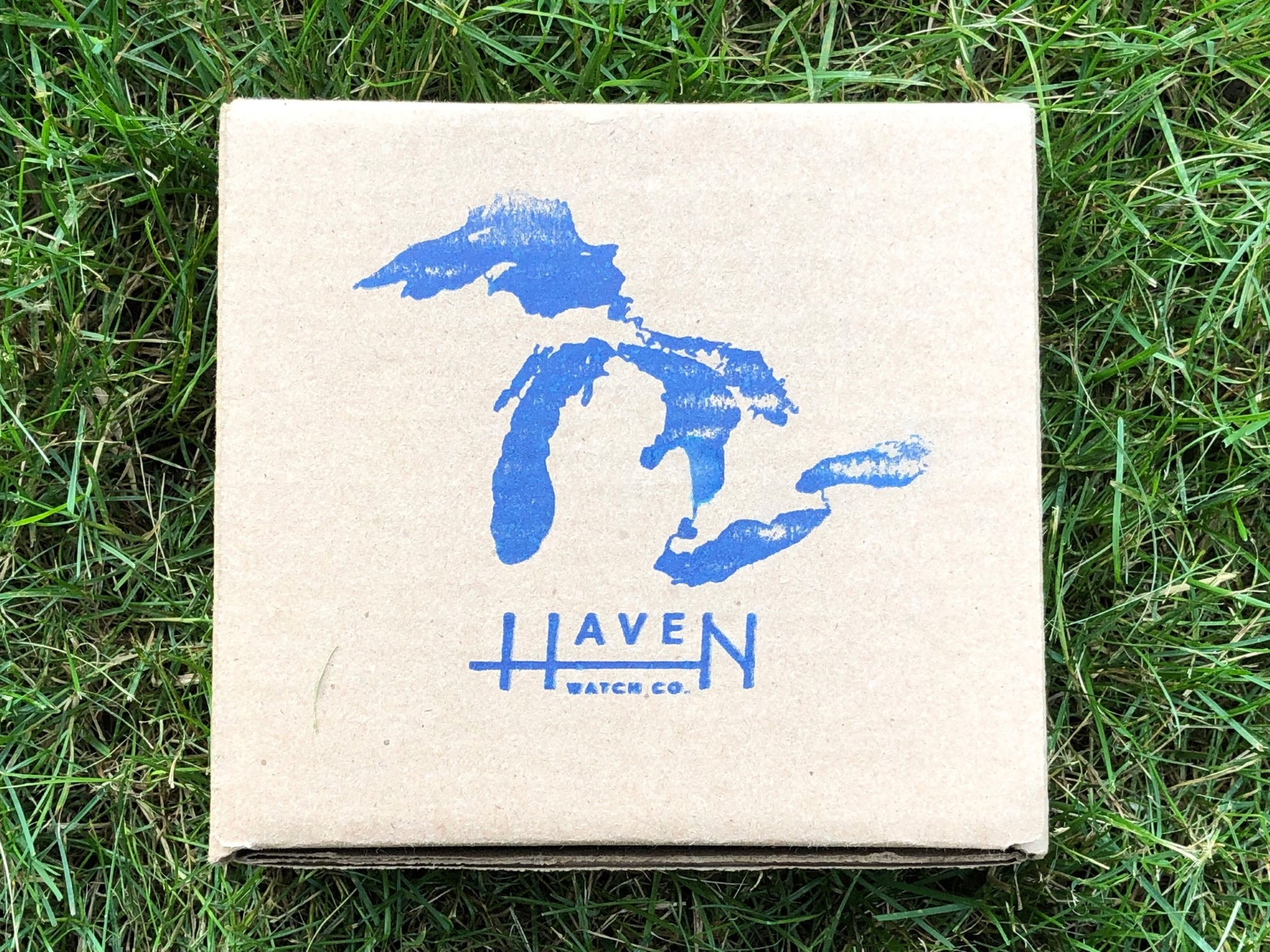
Haven Watch Company’s packaging is recyclable in its entirety, from the small outer box to the cardboard watch “cushion” – Image courtesy of Haven Watch Co.
This is another area in which I think watch brands can make a real difference because it addresses a historic weak point in watch brands’ otherwise mostly eco-friendly status. Consider mechanical watches, in general. They aren’t meant to be thrown out, they can be repaired, and actually manufacturing them has a very limited environmental impact when compared to the production of most other complex machines. A lot of that has to do with the companies themselves being rich and based in places where there is social pressure for factories to have limited environmental impact. That does not, however, hold true for product packaging which isn’t just wasteful, but often produced in factories with little current interest in presenting climate-friendly policies to the outside world, much less making such changes. Thus, when watch brands adopt smaller, more thoughtful, and ideally sustainable watch product packaging systems – it can make a real impact on their overall impact on the environment as well as on consumer perceptions.
Supporting Eco-Friendly Charities & Organizations
Finally, we get to the simple practice of luxury or watch brands doing nothing internally related to sustainability or climate change but rather supporting a third-party organization that does. Watch brands have been producing special edition watches whose profits partially go to environmental effort organizations for years now. In some instances, watch brands more closely partner with such entities to provide more long-term support or outright sponsorship. These are by definition mutually beneficial relationships where watch brands get public relations credits as well as in many instances tax write-off opportunities.

The Blancpain Bathyscaphe Mokarran benefits hammerhead shark conservation efforts led by the Mokarran Protection Society in French Polynesia. – Image courtesy of Blancpain
Supporting environmentalist charities and other organizations is one way a luxury brand can actually do immediate good. Those organizations are set up to make use of those funds for a variety of purposes and have plans in place to effectuate positive change most of the time. These charities and organizations are also more public about how they are run and what activities they actually participate in, which helps increase consumer confidence in channeling money to them. Of course, I find it a bit ironic that most people would not simply give money to the better of these organizations, but rather need to purchase a product for themselves whose purchase price partially goes to the organization. That’s just consumer market psychology – and why expecting buyers to help the environment through their personal purchases is sort of an absurd concept, to begin with, in my opinion. But hey, if it helps sell watches…
The question you should be asking a watch brand when it forms a relationship with an eco-friendly organization is whether or not that brand is actually doing what the organization recommends. It is one thing to throw a few thousand dollars at a charity, and it is a very different thing to approach a charity whose mission you care about and ask, “What is it that we can do to help?” I have a feeling very few of them would immediately say “Make a limited-edition watch!” Wristwatches empower their wearers when worn. Why can’t watchmakers do the same thing with the companies that they support? Over the years, at various events and product launches, I’ve certainly seen the difference between watch brands and environmental organizations that truly work together (it happens more than you might think), and those that simply approach the partnership like a business transaction. Charities and similar companies are typically very vocal about those brands that listen to them and work on projects together with them. So, to learn which type of relationship a watch or luxury brand may have with an environmentalist group, simply listen to how the organization (not the brands) remarks on that relationship for the best hints as to what the duo is actually accomplishing together.

The recent Oris Aquis New York Harbor Limited Edition benefits the Billion Oyster Project, which seeks to repopulate the harbor’s oyster population
To summarize, it makes total sense that as we live in a world with a changing climate we want to do something about it. It would be great if all it took was our consumer dollars being spent on products that claim to have an environmentally friendly twist or backer. Unfortunately, too often claims of “sustainability” or “eco-friendliness” aren’t backed up with facts that lead to many positive outcomes. In some situations, the activities or products consumers are asked to back cause more environmental damage than good in the immediate. Buying a wristwatch is a major purchase, and it makes sense for consumers to want to support companies and products that match their values and concerns. But marketers are often a few steps ahead of consumers and often already know what is on their minds. It requires persistent critical thinking skills to effectively understand if and when a claimed “earth-friendly” practice or product is more than just a marketing claim. The good news is that watches, in general, are not a particularly polluting product category, and they also happen to include a lot of companies sincerely interested in setting a good example. At the same time, be wary of greenwashing and other communication techniques that are designed to make you the consumer feel good, but not the earth we live on. Happy watch hunting out there.



